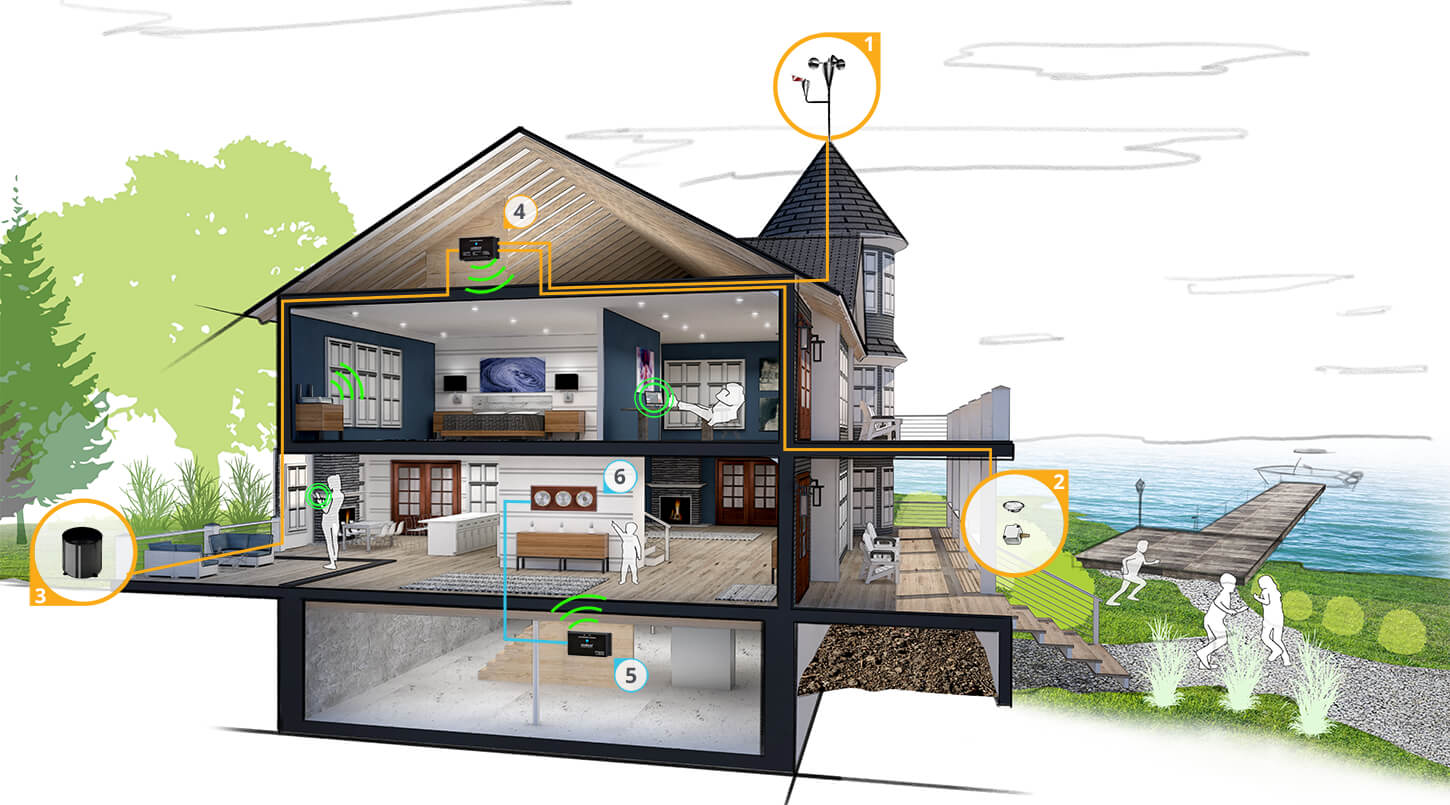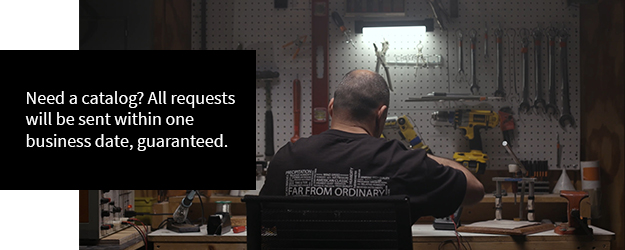Your Complete Guide to WiFi-Connected Weather Stations

A weather station is a collection of instruments that measure atmospheric conditions to help study the weather and climate of a specific location. Most weather stations will measure temperature, humidity, barometric pressure, wind speed and direction, and rainfall.
An official weather station is used for aviation, military, and meteorological purposes, while personal home weather stations are for private or, in some cases, research use. Weather or outdoor enthusiasts, farmers, and schools are the most common owners of personal weather stations.
Types of Wi-Fi Weather Stations
Semi-Wireless Wi-Fi Weather Stations
A semi-wireless Wi-Fi weather station utilizes a minimal number of wires connecting to the outside sensors and the weather instruments themselves. This is normally utilized in conjunction with a home Wi-Fi signal to send the information from the sensors to the station or to a weather app.
Wireless Wi-Fi Weather Stations
A fully wireless Wi-Fi weather station uses integrated data storage, wireless communications, batteries, and solar collectors combined into one unit to collect weather data and usually display on a digital display.
What Should a WiFi Weather System Include?
When buying a Wi-Fi weather station, it is worth putting some thought into exactly what is needed. What do you want to measure? Often these weather stations can include a thermometer to measure temperature sometimes with a max/min capability, some can measure wind speed and direction with an anemometer, humidity with a hygrometer, some can measure pressure with a barometer, and some will measure rainfall. Obviously the more you want the Wi-Fi weather station to measure, the higher the cost.
How Does a Maximum Wi-Fi Weather System Work?
The new Maximum Wi-Fi weather instruments utilize the home internet to transfer a weather signal from an outdoor sensor to a weather instrument inside. This new system is not considered wireless as you still need to wire the outdoor sensors to a power supply and an interface box inside the home that will then send the signal through your home Wi-Fi to the instruments mounted inside.
These instruments will also need to be wired to a power supply and interface box that accepts the signal from the sensors on the roof or outside the home. The information gathered by the Maximum Wi-Fi system can be accessed remotely via the Weather Underground website or app.
What to Consider When Choosing a Wi-Fi Weather Station?
There are many weather measurements that can be made externally by a weather sensor. These include temperature, wind speed and direction, humidity, pressure, and rainfall. With some Wi-Fi weather stations it is possible to add more than one sensor to monitor the weather at different locations.
With information collected from the sensors, the display section can calculate additional data like the temperature max/min as well wind chill, dew point, wind direction. In some instances, weather stations will connect to a PC or to the Internet to allow the collection and processing of the data.
Wi-Fi Weather Station FAQs
How Does a Wi-Fi Weather Station Work?
A Wi-Fi weather station is a connection from outdoor weather sensors to a home Wi-Fi internet signal which transfers information from the outdoor sensors to an indoor weather instrument. This information is also transmitted to a connected internet site or phone app. The sensors are connected inside the home to a connector box which sends the signal to another connector box that is wired to the weather station.
Do You Need Internet for Wireless Weather Stations?
Yes, an internet connection is needed to send the signal from the outdoor sensors to the indoor weather instruments for read out purposes.
Are Batteries Required for a Wireless Weather Station?
Some wireless weather stations require batteries for operation. Maximum does not require batteries in the Wi-Fi weather system.
How Often Do You Calibrate a Wi-Fi Weather Station?
Usually, weather station instruments are factory calibrated before shipping out to the final destination and should not require much calibration. In some instances, if a sensor or cable is damaged there may be a situation where the instrument would need additional calibration or care. Maximum provides a 5-year warranty on all products.
What Is the Most Accurate Weather Website?
There are many accurate weather websites available, and most are very reliable. At Maximum we have partnered with Weather Underground to host our Wi-Fi weather station information.
Final Thoughts on Wi-Fi Weather Stations
A Wi-Fi weather station provides many advantages over a traditional hard wired weather station. The biggest being that cables do not have to be run from the outside sensors through the home and connect to the instruments themselves. Access to your home weather information from a Wi-Fi system can be accessed on the internet via website or app which gives you the peace of mind to know what is happening during a storm or weather event.
Please visit our Wi-Fi System Overview to learn more about the full line of Maximum Wi-Fi home weather stations.

